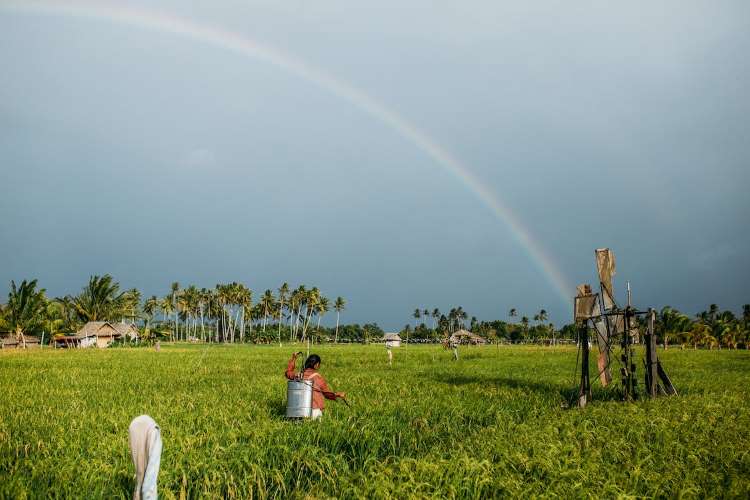
The Indian monsoon is expected to arrive on June 4, later than last year’s onset, according to predictions made by the India Meteorological Department (IMD). Private weather forecasting agency Skymet has also predicted a delay in the monsoon in Kerala this year, with an expected onset on June 7, with an error margin of three days.
This delay has raised concerns about a longer-than-usual hot weather season. As India is largely an agricultural economy heavily reliant on rain, a delayed monsoon is unfavourable for the economy. Monsoon rains contribute approximately 75% of the country’s annual rainfall and replenish reservoirs. A delayed onset may pose difficulties for farmland, potentially affecting the sowing of Kharif crops, typically planted during the rainy season.
Skymet also warns that hot weather will continue into June in central and northern parts of the country, which is not favourable for Kharif sowing. Major crops affected by the monsoon include rice, wheat, cotton, sugarcane, soybeans, and peanuts.
READ | Rs 2000 note withdrawal may have unintended consequences
Monsoon and economy
The monsoon’s impact on the economy is delicate, as both less rainfall and excessive rainfall can cause havoc. Delayed monsoons result in shorter growing seasons and reduced yields for farmers, leading to below-normal agricultural production, affecting food prices and farmer incomes. This situation is undesirable, particularly when global food price inflation is already a concern.
Furthermore, the delayed monsoon affects rural consumption patterns, as rural areas form a significant consumer base for various sectors such as automobiles and fast-moving consumer goods. Excessive rainfall or hailstorms can also damage crops, leading to losses and affecting farmers’ incomes. Erratic rainfall patterns, with some regions experiencing heavy downpours and others facing prolonged dry spells, can lead to uneven distribution of water resources.
However, the prediction of a normal monsoon overall, with showers expected to be 96% of the long-term average, suggests that the overall impact on the Indian economy may not be severe. Nevertheless, the delayed onset and its potential effects on agricultural activities will be closely monitored, as they can have broader implications for food security, inflation, rural employment, and overall economic growth.
India’s food security is closely linked to the monsoon’s performance, as it supports the growth of staple crops. Any deviation in monsoon patterns poses risks to food security, especially in vulnerable regions that heavily rely on rain-fed agriculture.
The monsoon spreads across India, beginning with Kerala, marking the start of the June-September southwest rainy season. By July 15, the monsoon covers the entire country. While the onset of the monsoon indicates the beginning of the rainfall season, it does not determine the amount of rainfall for that particular year. Monsoon rains signify a transition from a hot and dry season to a rainy one.
Although the expected date for the monsoon rains in India is June 1, it has rarely occurred on time in the past five years. This year, heavy rainfall is predicted in parts of Northeast and East India in the next five days, including Gangetic and Himalayan West Bengal, Sikkim, Assam, Meghalaya, Manipur, Mizoram, and Tripura until May 21.
The Indian monsoon is expected to be normal this year, with showers likely to be 96% of the long-term average. The IMD indicates a 35% probability of a normal monsoon, 29% chance of below-normal, 22% possibility of deficient, 11% chance of above-normal, and only a 3% chance of excess monsoon.
Last month, Skymet had predicted that India was set to receive below-normal monsoon rains for 2023, which would severely affect rural incomes, consumption, and economic growth. Skymet had added that the monsoon rains in the June-September season will be 94% of the long-period average (LPA) due to the impact of the El Nino weather pattern, which is linked to droughts or poor rainfall in India.

